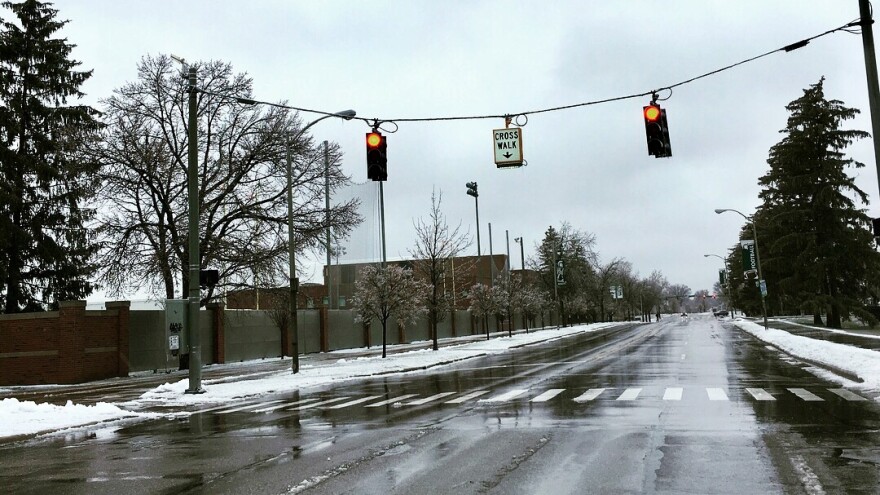When you talk about safety in vehicles, you usually think of seatbelts, brakes and airbags. But future safety will literally mean our cars and trucks communicating with stop lights!
Right now... sensors at traffic signals tell people when it’s safe to cross busy streets in East Lansing.
But one day, traffic signals may speak directly to vehicles.
Carol Flannagan is the Research Associate professor at the University of Michigan Transportation Research Institute.
"You can have a camera or two at an intersection that are just there," said Flannagan. "They’re part of the intersection equipment and they can detect the movements of all of the vehicles whether or not those vehicles have communication."

Flannagan said if you’re sitting at a stoplight that just turned green and a car in another direction appears to be running the red light... the signal could send you a warning before a collision!
"The more likely scenario is the information is begin captured and sent and concern messages may be sent as well or emergency – 'you guys are on a collision course right now!'," said Flannagan.
Flannagan says the Michigan Dept. of Transportation is already looking into this technology. However, what your car does with the information from traffic signals will be up to automakers, not the government.
"The vehicle manufacturer then kind of is most likely to control [the warning]," said Flannagan. "It will beep at the driver or put a message or audio where the driver says 'oh wow, something bad, I need to look up, I need to look around'."
Eventually, Flannagan said cars may be designed to not move to avoid potential collisions. She recently presented this and other futuristic scenarios at the Michigan Traffic Safety Summit in East Lansing.
So how soon will it be before we can take an autonomous vehicle, also known as an AV, to work?
"Ten years from now it’s a good bet that AV’s will be a noticeable percentage of the fleet," said Flannagan. "What is noticeable? I don’t know ten percent, 20 percent that kind of thing. So they will be seen commonly."
But Flannagan warned, those automated vehicles will not be ready to totally self-drive.
"You’ll probably still have [to drive] your own vehicle," said Flannagan. "It probably will have some pretty nice crash avoidance. It will probably have automatic emergency braking. When you get on the highway you’ll be able to push the button. And it will do a pretty good job of staying on the road and staying away from other cars without a lot of work from you."








